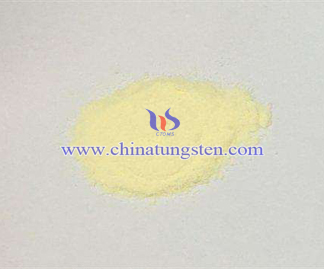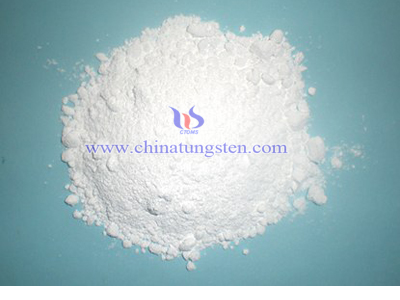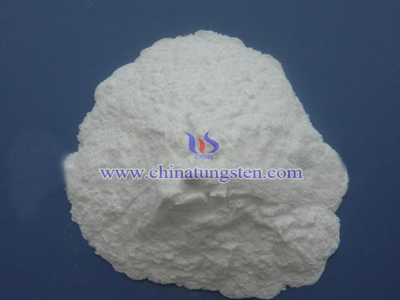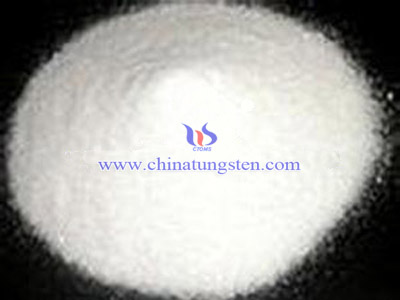Tungsten Oxide Ceramic Preparation Affecting Factors
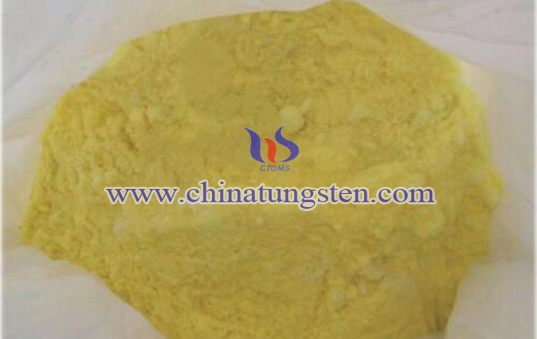
Mechanical milling friction, impact, shearing the material to realize material refinement mainly by gravity of milling media and the pressing force generated by the rotation. During milling process, the surface properties of materials and the resulting slurry properties directly affect the milling process, and ultimately affect the quality of milled products. So there are many factors affecting milling effect. Key properties of grinding media are size, density, hardness, and composition.
Size: The smaller the media particles, the smaller the particle size of the final product. At the same time, the grinding media particles should be substantially larger than the largest pieces of material to be ground.
Density: The media should be denser than the material being ground. It becomes a problem if the grinding media floats on top of the material to be ground.
Hardness: The grinding media needs to be durable enough to grind the material, but where possible should not be so tough that it also wears down the tumbler at a fast pace.
Composition: Various grinding applications have special requirements. Some of these requirements are based on the fact that some of the grinding media will be in the finished product. Others are based in how the media will react with the material being ground.
Where the color of the finished product is important, the color and material of the grinding media must be considered.
Where low contamination is important, the grinding media may be selected for ease of separation from the finished product (i.e.: steel dust produced from stainless steel media can be magnetically separated from non-ferrous products). An alternative to separation is to use media of the same material as the product being ground.
Flammable products have a tendency to become explosive in powder form. Steel media may spark, becoming an ignition source for these products. Either wet-grinding, or non-sparking media such as ceramic or lead must be selected.
Some media, such as iron, may react with corrosive materials. For this reason, stainless steel, ceramic, and flint grinding media may each be used when corrosive substances are present during grinding.
The grinding chamber can also be filled with an inert shield gas that does not react with the material being ground, to prevent oxidation or explosive reactions that could occur with ambient air inside the mill.

